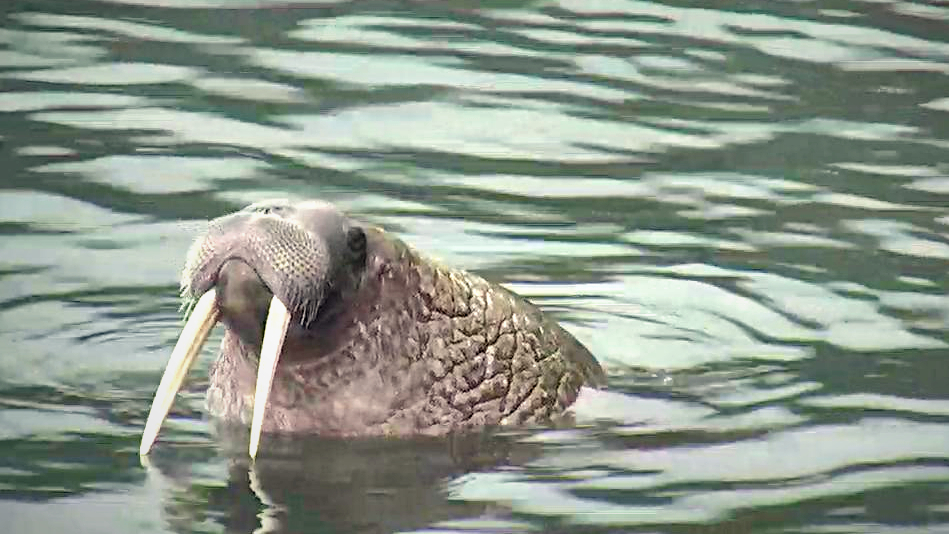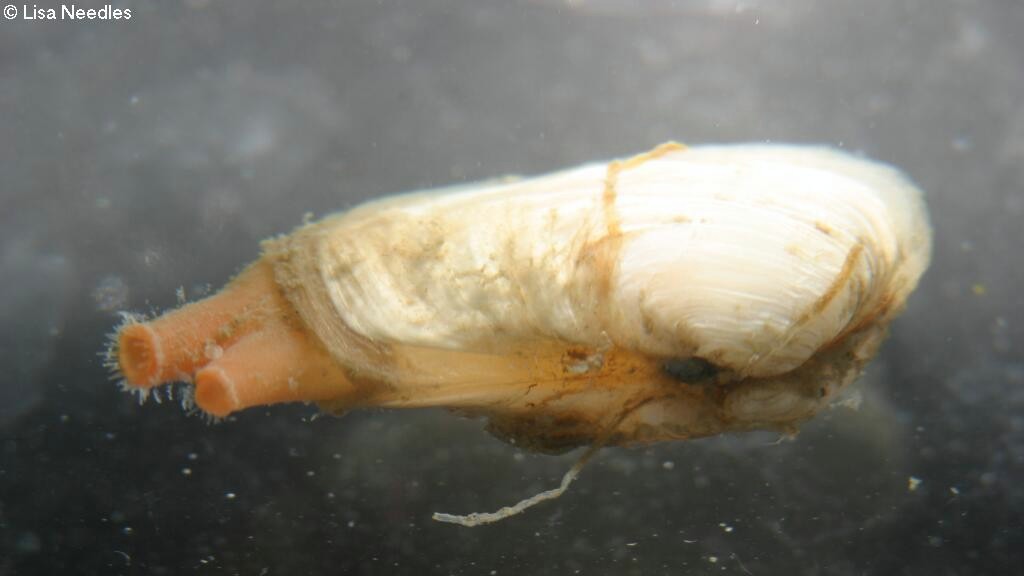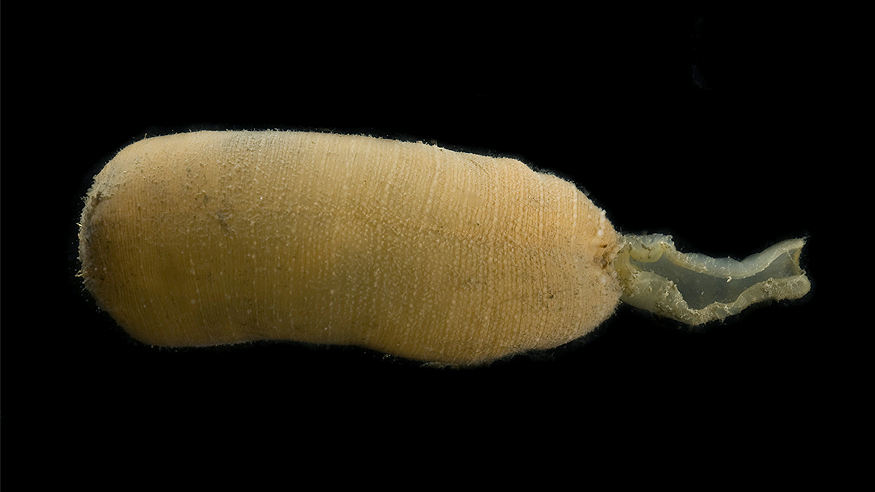The Walrus Cam gives us a rare and unique view of hundreds of summering male walruses napping on the beach. But what it can’t capture are their underwater feeding techniques. Since many of you have been asking how these huge mammals eat and keep on the weight, Round Island, Alaska managers Ben Histand and Ryan Morrill are here with the answers:
“Walruses are very big animals, and they need a lot of food to sustain their bodies. Their diet is different from other pinnipeds, many of which are fast swimmers that eat fish and other vertebrates. Walruses eat mostly mollusks and other stationary or slow moving animals. These animals live on the sea floor in the relatively shallow waters of the continental shelf.
Walruses are well-adapted to finding their prey. They can dive as low as 100 meters, and they can stay underwater for up to 10 minutes at a time. When they reach the sea floor, walruses orient their bodies so that their face and whiskers (vibrissae) touch the bottom. In the mucky substrate, at that depth, not much can be seen; walruses use their whiskers, which are very sensitive, to search for prey.
Walruses usually eat small mollusks (less than 3cm long) whole, shell and all. When a walrus finds a larger mollusk, it holds the shell at the front of its mouth, sucks off the soft, fleshy part (the mollusk’s foot or siphon), and spits out the remainder.
Besides mollusks, walruses also eat worms. This species of worm (which, in this photo, sort of resembles a corn dog) is thought to be a major prey item for walruses in the area of Round Island:
Walruses eat crabs (when they are in a soft-shelled stage), sea cucumbers, sea squirts, and other marine invertebrates. It’s thought that walruses eat 5 to 7 percent of their body weight every day. That means a 3,000 pound animal would eat 150 to 210 pounds of food in a day!”





